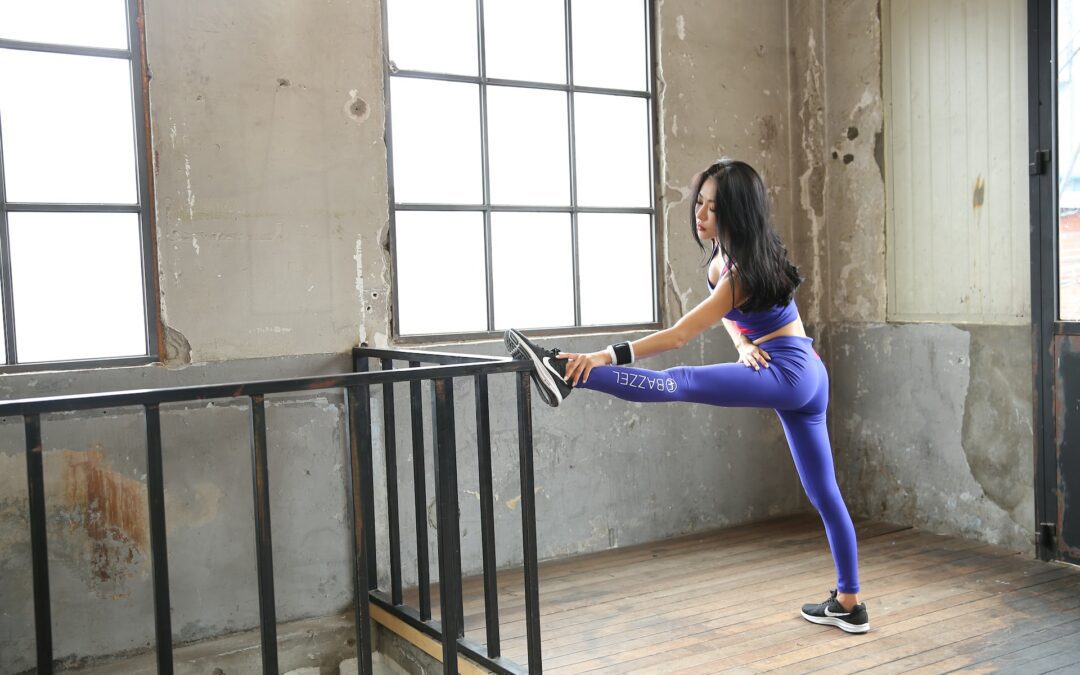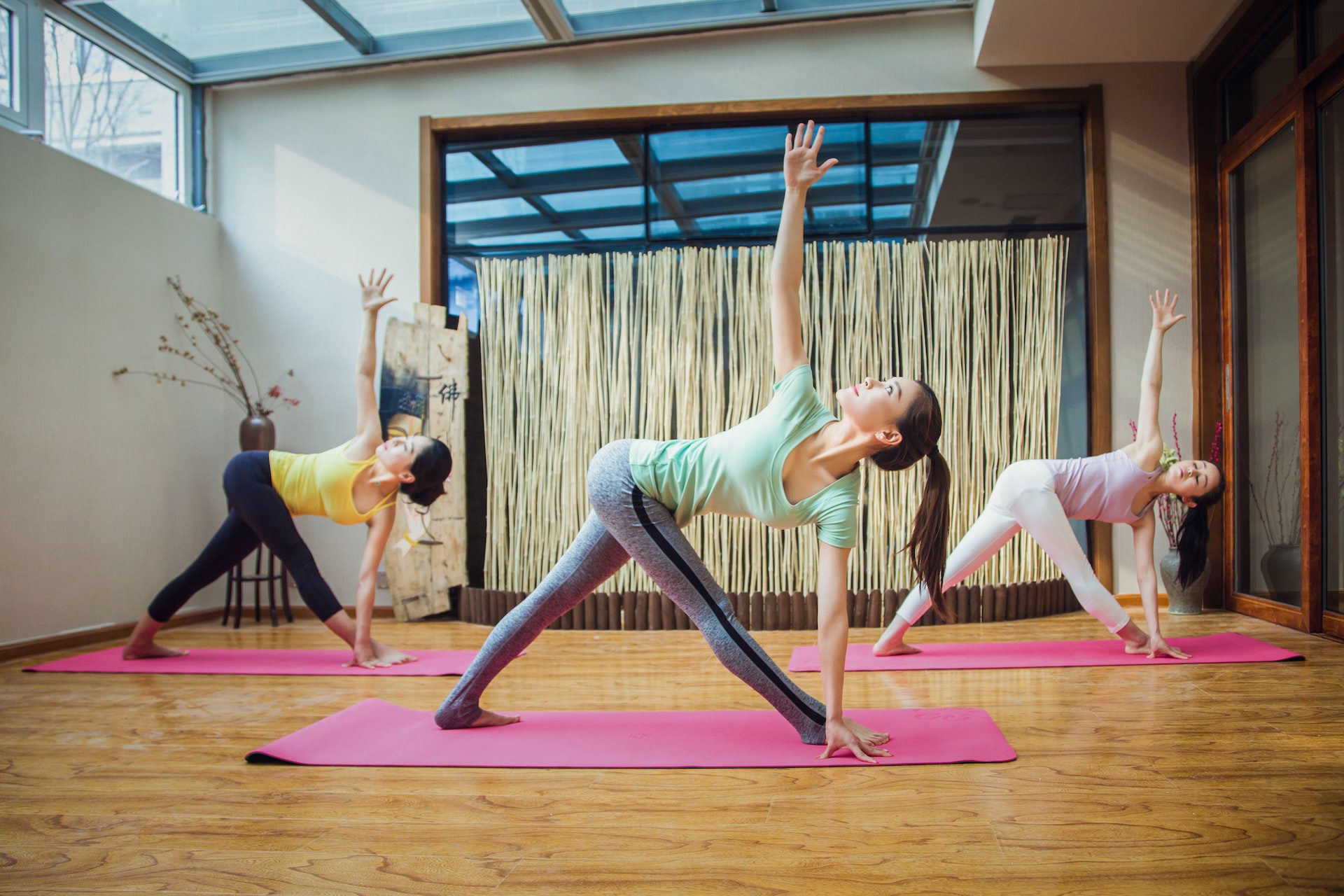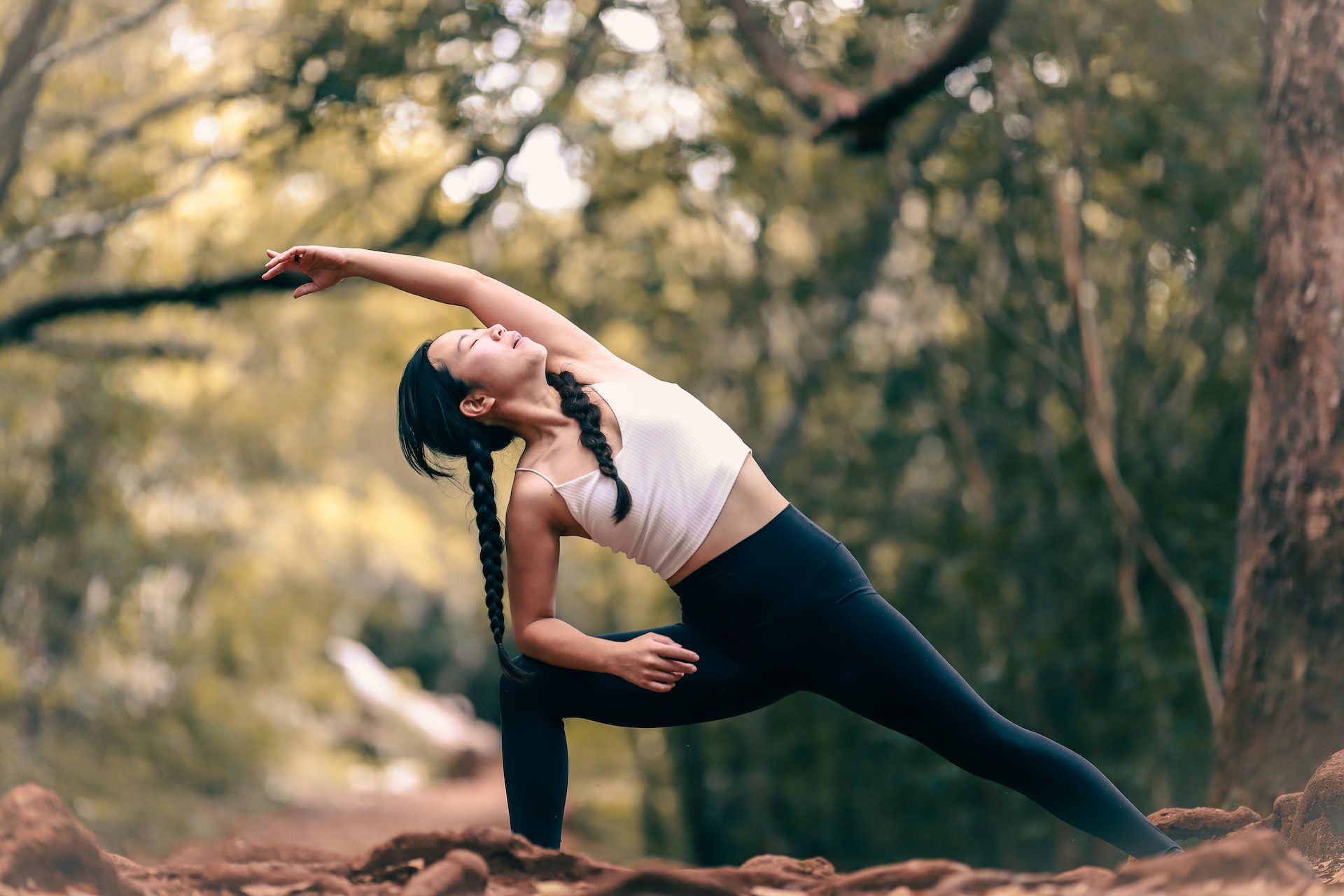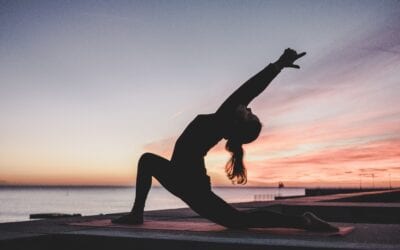|
|
Does your lower back ache? Does the endless staring at your screen give you neck and shoulder pain? Is your whole body stiff from sitting uncomfortably at different coffee shops, and working hubs? Do you feel the need to move your body? If your answer is yes to any of these questions, then you should take action in the form of yoga or stretching.
Lack of physical activity while bad for the body can also have a negative impact on your motivation and can leave you feeling lethargic, thus affecting your workday. Nowadays, more than ever before, it’s important to focus on our overall well-being, and a good way to accomplish that is by moving our bodies.
Both yoga and stretching can be extremely helpful in reducing the levels of stress and providing a sense of relaxation to the body. However, while having some common features, there are a lot of differences when it comes to yoga vs stretching. Before going into the differences let’s have a quick look at what yoga and stretching are.
Understanding Yoga
Yoga is an ancient discipline that focuses on the union of the body, mind, and soul. It’s at least 5,000 years old, has many different varieties, and is based on Indian philosophy. Yoga combines various breathing techniques, meditation, and physical postures. This means that it is beneficial for both your physical and mental well-being. It is more than just a workout, it helps you find harmony and calm within yourself and increases your physical endurance as well.
Understanding Stretching
Stretching is among the most essential aspects of your everyday fitness routine. There are two main types of stretching, dynamic (meaning they involve motion) and static (meaning they involve limited motion). No matter the type, stretching provides numerous benefits for your body and aids in easing muscle tension. Without it, your muscles will remain tight and won’t function properly which can lead to injuries, including joint pain and muscle damage. A regular stretching routine can help you keep your muscles flexible, lean, and long.
Yoga vs Stretching: The Difference
At first sight, the differences between yoga and stretching might seem hazy as both have some similar exercises. For example, a yoga pose called ‘Baddhakonasana’ looks the same as a butterfly stretch, and ‘Uttasana’ is essentially a stretch position when you try to touch your feet with your hands. However, the most fundamental difference between these practices is the intention behind the approach.
- Stretching aims to lengthen and increase the flexibility of muscles while extending the range of motion around joints. Stretches target a specific muscle or group of muscles.
- Yoga intends to gain mind-body awareness, flexibility, and strength. Yoga is a holistic practice that puts the accent on the mental, spiritual and physical discipline of the body and mind designed to achieve enlightenment.
Hence, stretching is related to muscles, mobility, athletic competition, setting personal records, and avoiding injuries. Yoga focuses on achieving total body harmony, improving control, and using breathing, mental focus, and a range of sequenced movements to align, extend, strengthen, and release the body from inner tension and outer stiffness.
Which One to Do and When?
When to Do Yoga
Yoga has always been a popular way of exercise. It does more than burn calories and tone muscles. It’s a total low-impact holistic workout that combines strengthening and stretching poses with deep breathing and meditation or relaxation. Also, it’s accessible to just about anyone, it can be done at any time of the day, and it can be done individually at home or as a part of a group class in a yoga studio. The poses are easily adaptable, so you can practice them regardless of your age or physical limitations. There are various forms and styles of yoga. Some are fast-paced and intense and others are gentle and relaxing. Yoga can be your only workout, depending on the style you’re practicing and its intensity or it can be combined with other activities.
When to Do Stretching
Stretching can be done before and after a workout. For instance, if you’re jogging you can stretch before you start to prepare your body for the exercise and after you finish your run as a part of your cool down. By doing this you can help prevent and reduce the stiffness of the muscles. Stretching doesn’t take too much time and usually lasts for about 10-15 minutes depending on the type of muscle you intend to stretch. Be sure to be relaxed when stretching and breathe deeply.
Before you can decide between yoga and stretching you just need to settle on the goal you’re trying to achieve. If you just want to move your body and ease the tension in your muscles you should opt for stretching. And if you want a practice that involves your mind, body, and soul then you should do yoga. Be that as it may, you can always do both yoga and stretching if that is more to your liking.
Essential Tips for Yoga
You can modify your yoga practice to accommodate you in a variety of ways. Start by using these yoga tips as a starting point. You don’t have to use them all; let your yoga practice evolve on its own over time.
Start Where You Are
Yoga is a transformative journey designed to help you reach some type of goal, whether it’s less stress, inner peace, or a more flexible body. Knowing where you are can help you figure out where to start and how to go forward with your goal.
Don’t Compare Yourself With Others
Yoga is a personal journey and there is no point in checking out or comparing with your fellow yogi standing on the mat next to you just for the sake of comparing or judging yourself to them. However, you can be inspired, motivated, and encouraged by their bodies’ powers, but don’t beat yourself if you aren’t there yet. You can get there with consistent practice.
Be Present
Yoga should be done with purpose, mindfully, and with a clear intention. By being present in the present moment and each posture, you can make sustainable progress as you practice. Also, being present in the poses helps you prevent injuries and improves your overall concentration.
Wear Comfortable Clothes
The right clothes can make a huge difference. Ideally, you will want to wear something comfortable, that allows you to move freely and is made from, light, breathable materials.
Adjust Your Body and Your Needs
If you’re just starting with yoga, it can be challenging to master every pose. To make the postures easier, you can use blocks, belts, or blankets if necessary to make the right adjustments for your body.
Be Aware of Your Foundation
Just like the foundation of a building, your hands and feet are the foundation of your body. To hold the poses correctly, your body needs a solid and stable base. Pay attention to the positioning of your hand and feet in your practice, and keep in mind to spread your fingertips and toes to build a strong base of support for your body.
Get Rid of Any Distractions
You must put all your worries, to-do lists, and smartphone notifications aside to have a successful yoga practice. Before practice, make a list of your tasks and switch off your phone. While practicing, shift your attention away from your anxieties and toward your breath.
Focus On Your Breathing
The flow of your breath is essential in your yoga practice. When breathing slowly and deeply you increase circulation and instantly reduce stress while at the same time stimulating your body and mind.
Honor Your Body’s Limit
Yoga success depends on identifying and understanding your physical and mental limitations. As you breathe and move, pay attention to your body. If you experience any kind of pain or difficulty breathing, adjust the pose until you can do it comfortably. Also keep in mind that if you have health conditions, such as injuries, are pregnant, or have chronic illnesses, certain poses should be off-limits.
Keep up a Regular Yoga Practice
Your physical, emotional, and mental health might greatly benefit from a regular, daily yoga practice. You can learn more quickly and master the practice if you dedicate yourself to daily practice.
Essential Tips for Stretching
Before you dive into stretching, make sure you do it safely and effectively. Even though you can stretch anywhere, at any time, proper technique is essential. Incorrect stretching can potentially cause more harm than good.
Follow these tips to make sure you stretch safely:
Try to Achieve Symmetry
Everyone’s flexibility is quite different. Focus your stretching on attaining equal flexibility on both sides.
Focus on Major Muscle Groups
Prioritize your stretching on the larger muscle groups in your lower back, neck, shoulders, calves, thighs, and hips. Don’t forget to stretch both sides. Additionally, stretch the muscles and joints that you use often or that are involved in your activity.
Hold Your Stretch
You can hold your stretch for about 30 seconds while breathing normally. In areas that are problematic or stiffer, you may need to hold for about 60 seconds.
Avoid Pain
While stretching you might experience some tension in your muscles but never pain. If it hurts, you might have pushed too far. Go back to the point you don’t feel any pain and then hold the stretch.
Stretch Regularly
You can achieve most of the benefits if you stretch at least two or three times a week. Even 5 to 10 minutes of stretching can make a difference for your body. If you don’t stretch regularly, you run the danger of losing the advantages. For instance, if stretching helps you improve your range of motion when you stop it can decrease again.
Benefits of Yoga
Helps With Stress Relief
Daily yoga practice can be a great way to get rid of the stress that accumulates both in the body and in the mind. Meditation, pranayama (breathing exercises), and physical postures are effective ways to release stress.
Learning How to Live More Consciously
The mind is constantly engaged in something, bouncing back and forth between the past and future but never staying in the present. We can prevent ourselves from becoming anxious and relax the mind by simply being conscious of this tendency of the mind. Yoga helps in fostering this awareness and returning the mind to the present, where it can remain happy and focused.
Boosts the Immune System
Any type of exercise is beneficial for maintaining a strong immune system. Yoga poses involve twisting, inversion, backbends, and relaxation allowing the body to spend more time in the parasympathetic nervous system (rest and digest) and less time in the sympathetic nervous system (the fight or flight system), which causes stress and inflammation and dramatically lowers the immune system).
Helps With Anxiety
Shallow breathing, bad posture, and tense, stiff muscles are both results and causes of anxiety. If you’ve been stuck in an anxiety cycle for a long time, your body has likely learned to protect itself by remaining tense and with very short breaths. Because the mind and body are so interlinked, physical actions like deepening the breath, correcting posture, and relaxing the muscles can all help to reduce anxiety.
Benefits of Stretching
Increases Flexibility
Your general health depends on flexibility, which can be improved with regular stretching. Increased flexibility can not only make it easier for you to go about your daily business, but it can also prevent the mobility decline that might come with aging.
Increases Blood Flow to the Muscles
Regular stretching sessions could boost your circulation. Improved circulation increases blood flow to your muscles which helps shorten the recovery time and reduces muscle soreness.
Increases Range of Motion
Regular stretching can help a person move more freely, more comfortably, and more effectively during physical activity. This happens because it increases a person’s capacity to move a joint over its full range of motion.
While dynamic stretching gradually increases the range of motion with each stretch, static stretching entails stretching a muscle and retaining the stretch. Both static and dynamic stretching may help in increasing the range of motion, boosting performance by reducing stiffness and increasing muscular strength.
As you can see, in the debate of “yoga vs stretching” there is no clear winner. Both techniques have numerous benefits for your body. They both have similarities and are vastly different at the same time. You cannot say which is better or which is worse. Everything depends on the goal you want to achieve.












